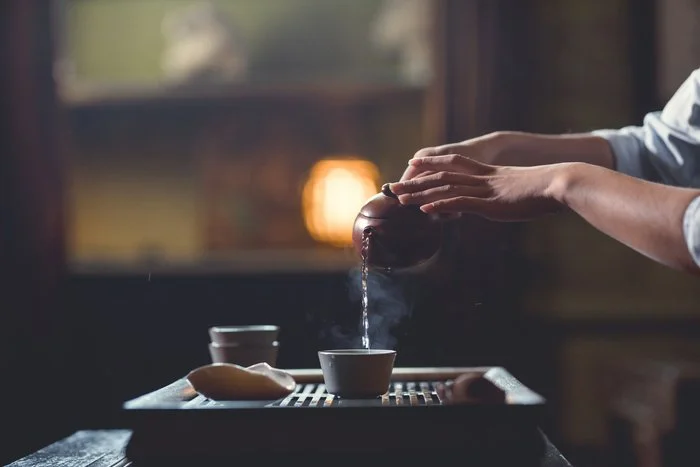Visitors from Japan
/In early June, Kate and Michael received a surprise email from Shungo Suzuki, grandson of Shunryu Suzuki Roshi, who founded San Francisco Zen Center. He would be visiting Vancouver briefly, as part of a package tour of Vancouver-Victoria-Banff along with a group of Soto Zen priests and their wives from Shizuoka Prefecture. He wondered if he could stop by and visit our zendo. Of course, we said yes.
Those of us who went on the May, 2013 Mountain Rain trip to Japan met Shungo-san and his family when we stayed at Rinso-in temple in Yaizu, Shizuoka Prefecture for several days. Hoitsu Roshi, Shungo-san's father, is abbot of the temple, but Shungo-san runs much of the day-to-day business. The family was so warm and welcoming, our stay was really a highlight of the trip. We experienced the flavour of "Everyday Zen" in Japan at this busy community temple.
The day of Shungo-san's visit happened to coincide with our annual general meeting and sangha potluck on June 8. The group had just arrived back from Victoria on the ferry, Michael picked Shungo-san up at a Chinese restaurant in Richmond, and brought him back in time to join our potluck, with folding tables set up in the zendo. Shungo-san asked Michael if it would be all right for the rest of the group to come and see the zendo after their lunch. Of course, he said yes.
The group had never seen a storefront zendo like ours before. Upon arrival, they made their way past the tables with the remains of the potluck, to the altar where each one bowed in gassho. Shungo-san explained that this was the main altar--very shimpuru (simple), to a chorus of "Ah, shimpuru desu, ne!" He also explained that we did not have a temple with a resident priest, that this was a place of community practice for laypeople. They seemed very interested, and perhaps a little baffled. After taking the requisite group photo, they packed into a waiting mini-van, and happily waved good-bye.
Mountain Rain sangha members and visitors from Japan
Shinmon, Shungo and Myoshin






